Got a multi-part one for this week, dedicated solely to mammals, which are woefully underrepresented in my stock. Then again, I could live out in the west and have plenty of bison and such, but few examples of shorebirds and jellyfish, so…
The other evening while out on the edge of the pond, The Girlfriend’s Sprog asked what it was that was moving the tall pond leaves and I, rather dismissively and without taking a close look, suggested that it was probably turtles under the surface. After a moment, she informed me that this was no turtle, and indeed, it wasn’t.

That’s our friend the North American beaver (Castor canadensis,) or one of at least two and I suspect the male, happily consuming the yellow cow lilies (Nuphar lutea) that overrun the pond, so go for it, dude! This was not only a bit early in the evening to expect to see activity, but quite close to Walkabout Manor and while The Girlfriend’s Sprog and I had been openly conversing nearby. I’ve spotted a lighter-toned individual back on the creek, and that one seems to give the warning tailsmack on the water at the least provocation, while this one appears much more mellow, which is why I’m inclined to believe the lighter one is the female, but that’s all I have to go on.

‘He’ was out there for no short time, taking down quite a few leaves, and it appears this might be a regular thing because the quantity of those giant leaves seems to be subsiding noticeably. In this pic he’s turned to face us, and you can just make out an eye to the left there.

Another view head-on, only this time the eye is hidden but we have a nice glimpse of the foreclaws holding a stalk of the cow lilies – they’re fairly dexterous with them.
Eventually, before the light had fallen too far, the beaver decided to head back home, but it had been out there for fifteen minutes after I’d gotten the camera (going by the timestamps on the photos,) so he wasn’t particularly spooked by our presence, but likely knew he was remaining almost hidden. Now what remains is to see the other out there, or better, their offspring. Still checking routinely.
Two days later, this time in the early afternoon, we looked out back and found a pair of mammals out there eating the corn we throw down for the ducks. For the ducks, guys.

This is, of course, a white-tailed deer (Odocoileus virginianus,) one that’s been making a lot of visits to the yard to scarf as much corn as she can; we can’t say if she’s the parent of the fawn found earlier or not, since we can see no evidence of nursing although we’re not sure how well it shows in the first place. Yet she’s here at least three times a day, so the ducks are definitely getting a reduced diet, despite our best efforts otherwise.

This one, not three meters away, was not expected, at least not in the afternoon; I’ve seen evidence of their visits and occasionally eyes in the headlamp late at night, but never during the day. I think everyone knows the North American raccoon (Procyon lotor,) and this was no small specimen. They both were chowing down together and it appeared all Snow Whitey out there – for a few moments anyway.

As the deer wandered a little for more corn, the raccoon disputed this encroachment on its territory, and the two had a little face off. This is a bad position to see from a raccoon, I can tell you from experience, and they don’t fuck around. If you see this flat-headed display, get more than a little distance between you and the raccoon.
The deer, however, was having none of it.

She pawed the ground with a forefoot a few times, getting closer to the raccoon as a warning, end eventually rapped the ‘coon smartly on the head with that hoof. I was trying to switch to video and wondering if I could adequately handhold the long lens for decent footage and thus missed capturing the moment of contact, even as I witnessed it. The raccoon, very begrudgingly, backed off only enough to satisfy the doe and resumed eating. It’s also situations like this that tell me I should be knocking down the grasses near the edge of the pond more frequently.
While it might sound like a good idea to be sitting outside with the camera ready on a tripod, hoping to capture all such visits and displays, I’ve done it before and there are long periods of time when not a damn thing happens – or it happens just out of decent view of my vantage. So we’ll stick with this method for now, at least until I can pin down a reasonable schedule of their activities.

































































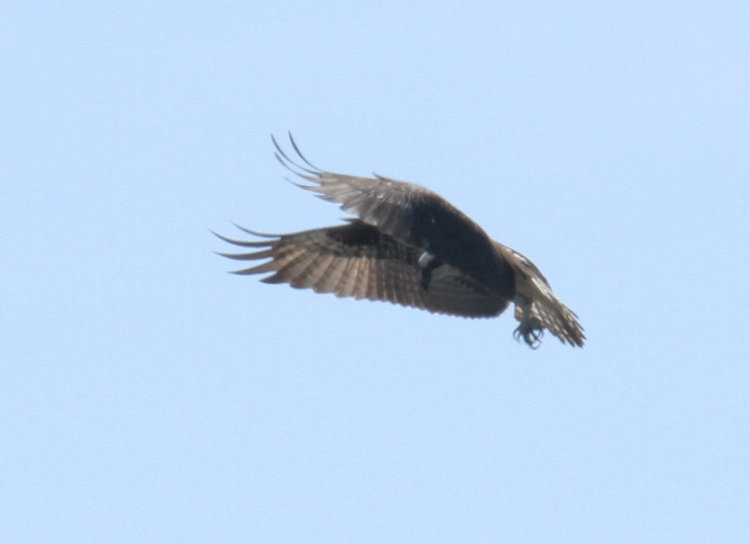
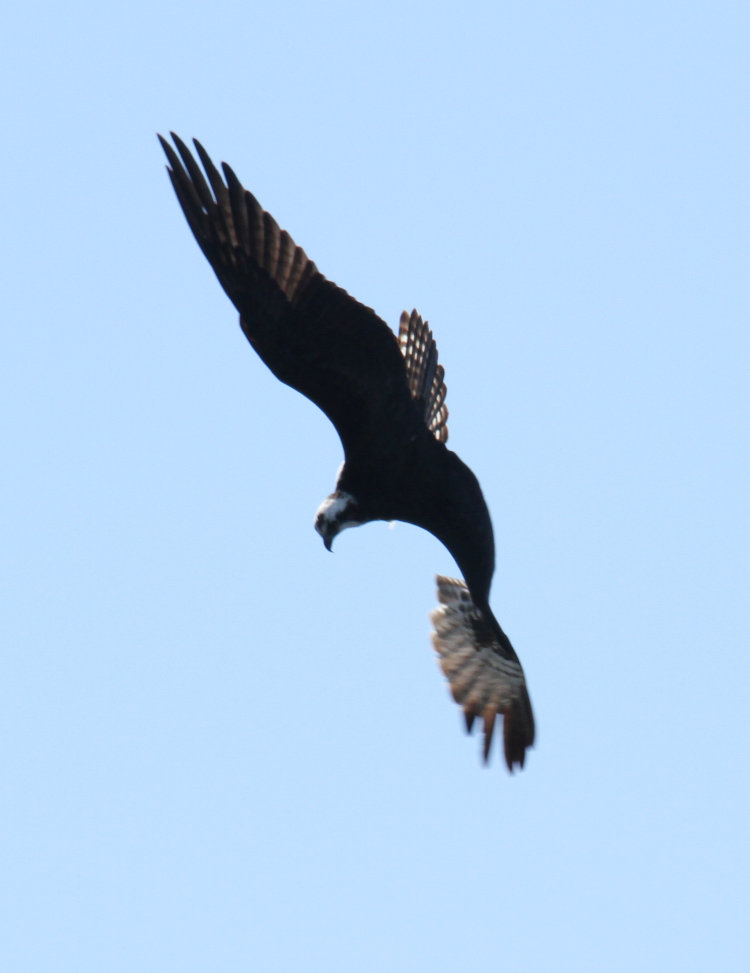


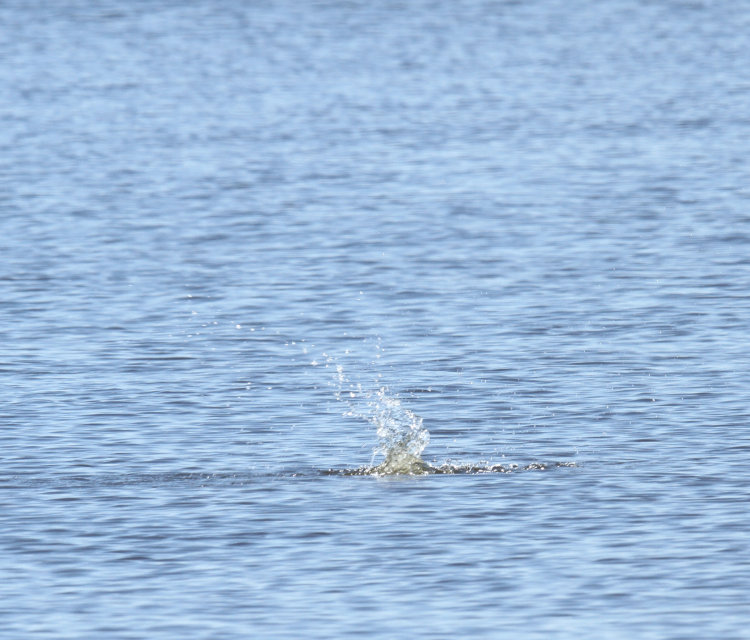
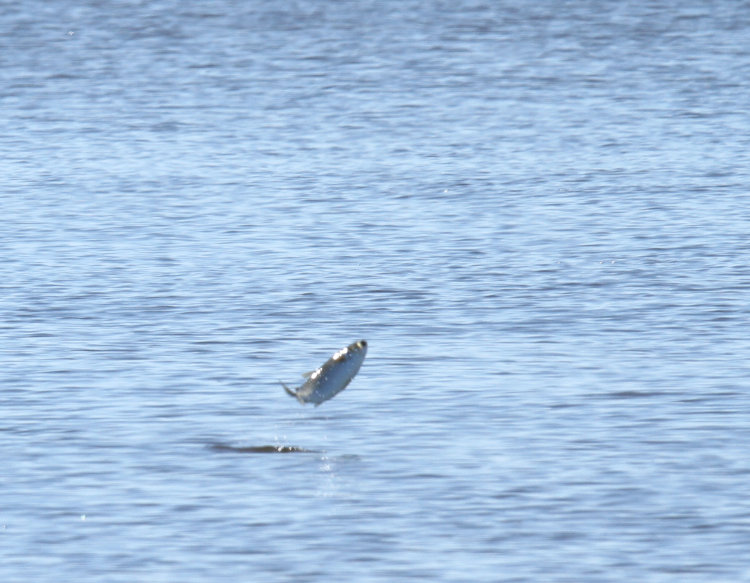
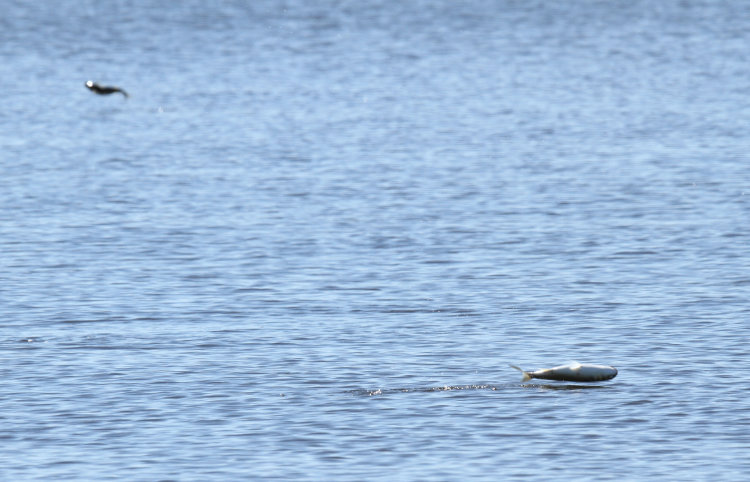

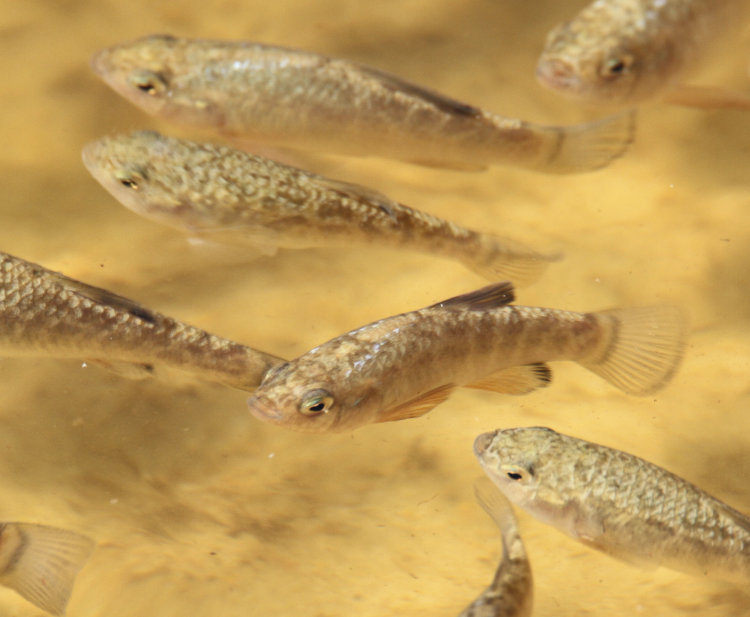











 This is why I hate autofocus, far more often than I think should be warranted. It’s supposed to work on contrast detection within the active AF area, which should clearly have snagged the head and body of the heron, even in silhouette, but for reasons unknown it instead jumped to the background pond plants. At right is approximately what I could see in the viewfinder, with the center AF area indicating that it had locked focus, and it was impossible to tell that it wasn’t actually on the heron itself. This also makes it a little tricky to rely on manual focus as well, since the view is too small to ensure critical sharpness, especially with the very faint ‘pixelation’ of a ground glass focusing screen – I struggle with this all the time with things like moon photos, and I deal with it by taking multiple frames with repeated focus tweaks to try and ensure that at least one of them is bang-on. This is a hell of a lot harder to do with a moving subject of course. Stopping down the aperture to achieve a higher depth-of-field doesn’t work very well at these magnifications, at least not with the Tamron 150-600 – the DOF just doesn’t extend very far regardless.
This is why I hate autofocus, far more often than I think should be warranted. It’s supposed to work on contrast detection within the active AF area, which should clearly have snagged the head and body of the heron, even in silhouette, but for reasons unknown it instead jumped to the background pond plants. At right is approximately what I could see in the viewfinder, with the center AF area indicating that it had locked focus, and it was impossible to tell that it wasn’t actually on the heron itself. This also makes it a little tricky to rely on manual focus as well, since the view is too small to ensure critical sharpness, especially with the very faint ‘pixelation’ of a ground glass focusing screen – I struggle with this all the time with things like moon photos, and I deal with it by taking multiple frames with repeated focus tweaks to try and ensure that at least one of them is bang-on. This is a hell of a lot harder to do with a moving subject of course. Stopping down the aperture to achieve a higher depth-of-field doesn’t work very well at these magnifications, at least not with the Tamron 150-600 – the DOF just doesn’t extend very far regardless.


























